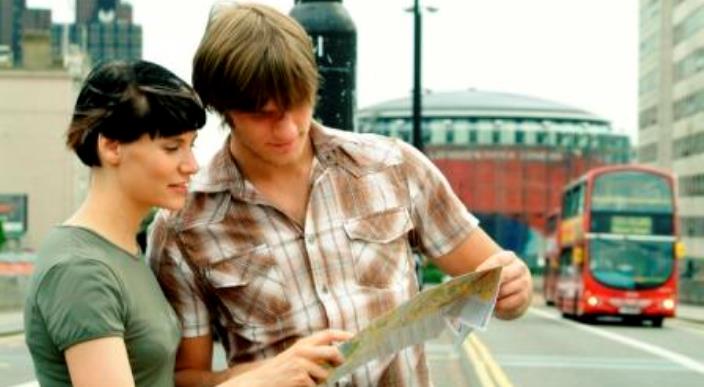Re-reading One Little Spark!: Mickey’s Ten Commandments and The Road to Imagineering this weekend, one commandment of Marty Sklar’s resonates with me being a person of Lean Discipline, more than others is Commandment #3: Organize the Flow of People and Ideas. First, giving you a quick overview of the book will help you understand the excerpts below. Sklar, in each chapter, starts with a brief overview of the commandment followed by examples both good and bad. He calls them the Mousecar (equivalent to an Oscar) and the Goof (which speaks for itself).
He starts out explaining Commandment #3 that great stories and experiences have logic and sequence. He elaborates on how in designing parks the Imagineers tried to narrow decisions for guests and only giving them two at any one point. I think of how often in our service, sales and marketing efforts, even with the advent of A/B testing, do we complicate things for our customer. When we try to interact with a customer, do we offer multiple pathways versus just one or the other? 
An example of this is constructing user archetypes. When doing so the typical rating system that is used is one to five. What I see happen more times than most is that instead of having one or two very low and very high, let’s say out of ten, we end up having everything seemingly all of them grouped in the middle. We will see everything in the average of 3 to 7. Hardly enough variance to offer conclusive evidence. An alternative to this scoring was to make the point scale still at 1 to 5 but removing 3 as an option. This way someone has to decide between high and low, and then between 1 and 2 or 3 and 4. It changes the user archetype results significantly in the process.
The Goof, example Sklar uses in the book is a great lesson for all of us, especially sales and project managers. In designing the Animal Kingdom, the Imagineers concealed the destination at the end of a pathway. They were trying to create a sense of adventure. Instead, what they did was cause a bottleneck to the flow of people as they were hesitant or unwilling to walk around the curve. They later widen the path so that people could better visualize their destination.
 I think of how well Rother explains in his Toyota Kata thinking the use of a challenge question. That intermediate step towards the target. Or in Systems Thinking, the use of structural tension. It is all the same sort of thinking. You have to create the suspense, the tension just enough so that we want to move forward but without any surprises. We want to be challenged (pun intended) but not over-challenged or venturing into the unknown.
I think of how well Rother explains in his Toyota Kata thinking the use of a challenge question. That intermediate step towards the target. Or in Systems Thinking, the use of structural tension. It is all the same sort of thinking. You have to create the suspense, the tension just enough so that we want to move forward but without any surprises. We want to be challenged (pun intended) but not over-challenged or venturing into the unknown.
In the sales process, how many times, even if we are past the stage of selling features and benefits but selling outcomes, do we provide those mini-steps, those challenge type scenarios that create an obvious path for customers to see. When those challenges/scenarios are posed, or the stories are not clear, customers/prospects act the same as the people on the path at the Animal Kingdom. They are hesitant slowing down the decision process, or they retreat without a decision or relying on using the obvious brand choice, a.k.a. the safer decision.
When construction stories, customer interactions, we should organize our flow logically and in a sequential path. Leaving our customers know what is around the corner.

